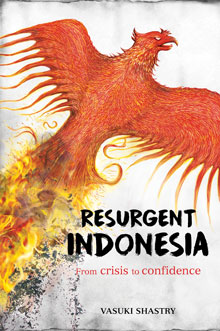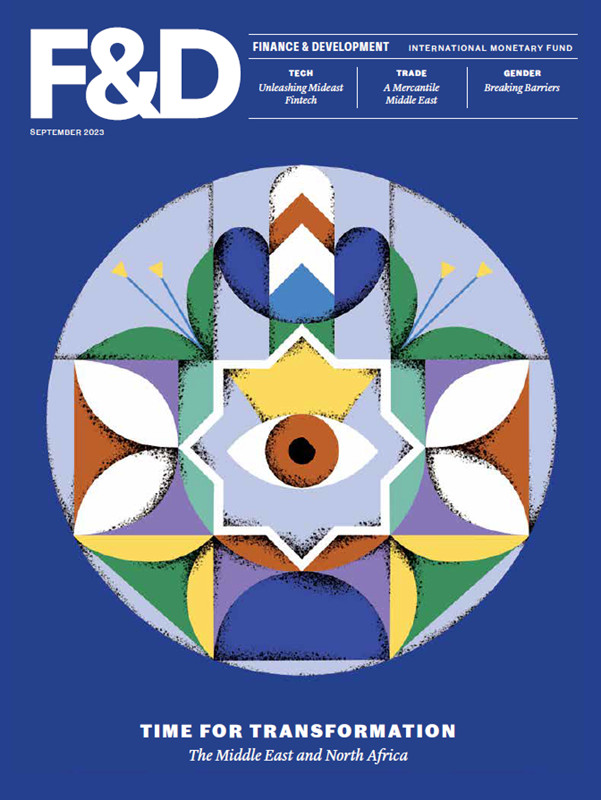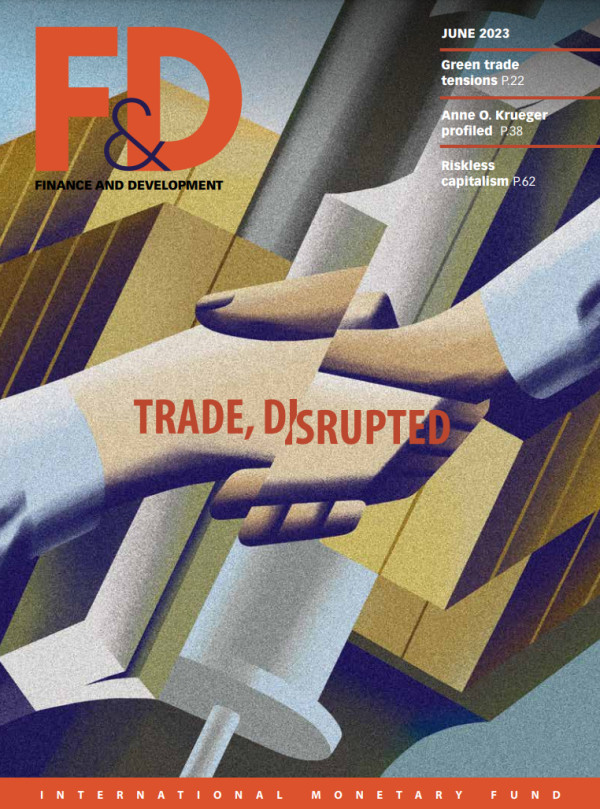Book Reviews
An Indonesian Story
Vasuki Shastry
Resurgent Indonesia: From Crisis to Confidence

The cover of Vasuki Shastry’s Resurgent Indonesia shows a Phoenix rising from the ashes—an apt metaphor for Indonesia’s remarkable transformation since its catastrophic financial, economic, and political crisis in 1997–98. The book’s release coincides with a gathering of the world’s financial elite at the IMF–World Bank Annual Meetings in Bali later this year. It will serve as a useful reminder of how far Indonesia has traveled from the dark depths of the crisis to a stable, democratic, and decentralized country with a vibrant economy.
The book’s broad sweep of Indonesia’s spectacular crash and subsequent rise is really an account of three crises—financial, agricultural, and political—that serendipitously occurred at about the same time and interacted in complex ways. A journalist by training, Shastry uses anecdotes, personal reflections, and interviews to illuminate the complicated causes and consequences of the crisis and the factors behind the country’s resurgence.
The first half of the book examines the unfolding of the 1998 crisis. Shastry’s account makes vivid how a multitude of interests intersected to shape events during that fateful period: those of international and Indonesian technocrats with little understanding of the political ramifications of their policies; the political, military, and commercial elites intent on defending their interests; and ordinary workers, peasants, and students who bore the brunt of the crisis and demanded a change in the status quo, including a greater voice in government. Over just one week in May 1998, the crisis came to a sudden and unexpected climax with riots in the streets, the killing of four students at Trisakti University, and the eventual departure of President Suharto.
The second half of the book focuses on the noisy, often chaotic post-Suharto transition toward democracy, a free press, and increased emphasis on human rights and the rule of law. Shastry rightly points to the pivotal role of Habibie’s 18-month presidency during which he trimmed the powers of the presidency, enhanced the role of local governments, restored basic freedoms, and allowed the East Timorese to vote for independence—all the while protecting the country’s key institutions and the interests of the elites.
Unfortunately, the book gives scant attention to the next three presidents—Abdurrahman Wahid (Gus Dur), Megawati, and Susilo Bambang Yudhoyono (SBY)—but gives a
glowing account of President Joko Widodo (Jokowi)’s meteoric rise. Disregarding SBY’s 10-year administration (2004–14) is particularly unfortunate, as it would have helped explain why Jokowi inherited a country with rampant corruption, a large infrastructure deficit, unsustainable fuel subsidies, and growing intolerance toward minorities.
Shastry, a self-confessed optimist, correctly describes Indonesia as “an archipelago of possibilities,” but in doing so glides over the country’s many deep social, economic, spatial, and religious fault lines. To compound matters, the book’s discursive style is often as choppy and turbulent as the events it describes, and periodic digressions describing the challenges of other countries, especially India and China, do not help.
Its shortcomings notwithstanding, Resurgent Indonesia is a useful addition to the literature on an important country during a critical part of its history.
Opinions expressed in articles and other materials are those of the authors; they do not necessarily reflect IMF policy.








